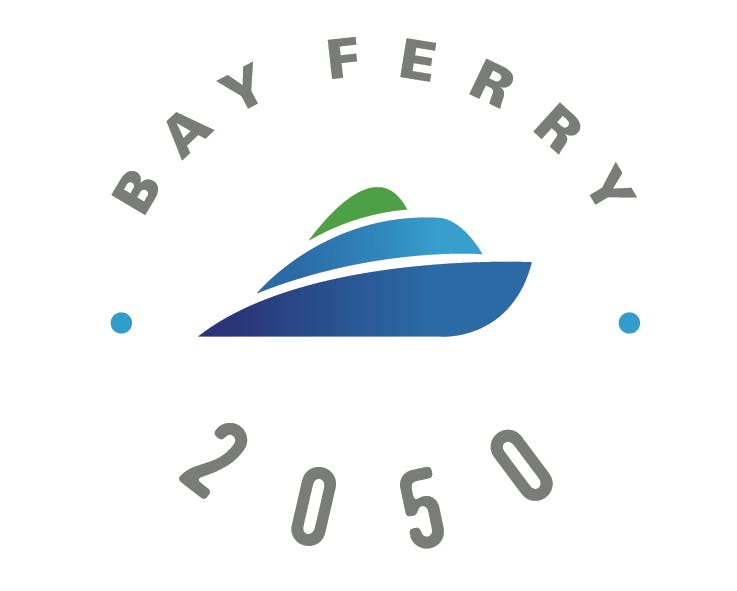Focus Areas
Through extensive community and stakeholder engagement from 2021 - 2024, the public and key stakeholders coalesced around six key focus areas to guide the 2050 Business Plan. These focus areas will provide a foundation for the Business Plan.
 1) Regional Ferry Network
1) Regional Ferry Network
This focus area characterizes the long-term market potential of expanding ferry service on San Francisco Bay and WETA’s potential role as ferry network manager. A key input will be ridership demand forecasts of current and potential services, and the identification of key service objectives. A goal is to identify a broad package of service models and coordination opportunities, including both WETA-operated service and services provided by other public or private operators. WETA service model(s) will include criteria to identify feasible markets (new services) and appropriate levels of service (enhanced services).
 2) Emergency Response
2) Emergency Response
This focus area broadly defines goals related to the functionality (e.g., first responders, evacuation, economic recovery), capacity, and geographic reach (e.g., by terminal location, population, span of shoreline) of a comprehensive water emergency transportation system. This area will consider system resilience in the context of a seismically-active and climate-impacted environment. These goals will serve as the basis for evaluating whether WETA’s current approach and service model is meeting demand and its mandate as a provider and coordinator of water emergency response services and what additional resources or organizational capacity may be required.
 3) Environmental Stewardship
3) Environmental Stewardship
This focus area presents WETA's commitments for protecting species and habitat on and along San Francisco Bay and its responsibilities for operating services that promote public goals to ensure environmental justice, limit noise and air pollution, reduce VMT, and curb greenhouse gas emissions. A key input will be the development of a fleet plan that considers the timeframe, cost, and feasibility of implementing emerging zero-emission technologies on current and future WETA ferry vessels. This area will also consider criteria for terminal siting and terminal access that supports local, regional, and state environmental goals.
 4) Community Connections
4) Community Connections
This focus area articulates priorities for promoting and providing connections between regional ferry service and the communities it serves. A goal is to broaden the appeal of ferry service, not only as a business strategy, but also to promote equity, diversity, and inclusion. Policies considered would integrate regional ferry services with a mix of land-side uses and the areas they serve, create seamless transit connections, and ensure affordable fares, schedules that offer service during non-traditional commute hours, and public awareness of regional ferry services. Providing a high-quality passenger experience will continue to be a WETA priority.
 5) Organizational Capacity
5) Organizational Capacity
This focus area identifies the depth and breadth of organizational capacity required by WETA. The anticipated timeframe and implementation schedule of WETA’s overall service vision will influence the scale of WETA’s organizational capacity. The scale and range of organizational capacity will also be a function of the roles that WETA will be responsible for and its staffing approach.
 6) Financial Capacity
6) Financial Capacity
This focus area identifies near-term and long-term strategies for funding the overall service vision that balance financial sustainability and equity as key WETA objectives. A financial projection of total costs, both capital and operating, to deliver the service vision and an assessment of current and future funding available will be prepared. Priorities will be set to guide the use or leverage of limited available funds. Traditional and innovative approaches will be evaluated as strategies for securing additional funding, including public-private partnerships.

